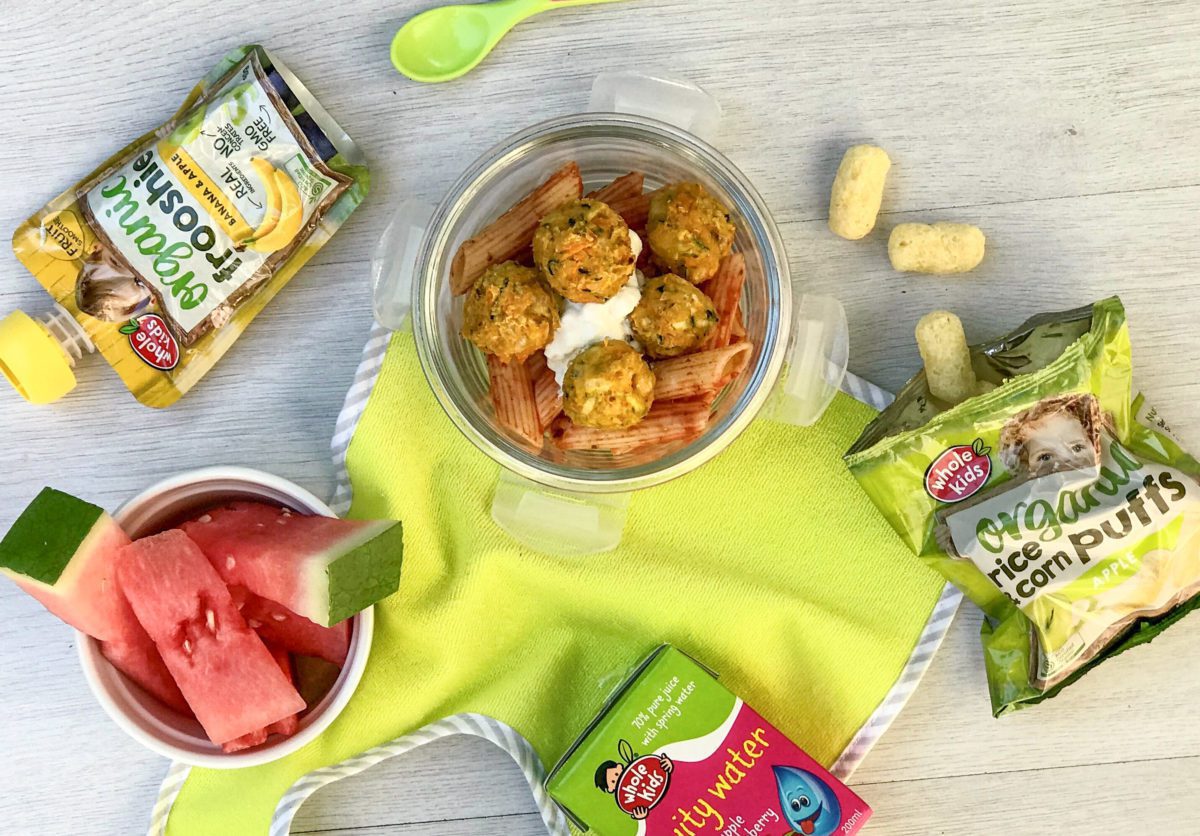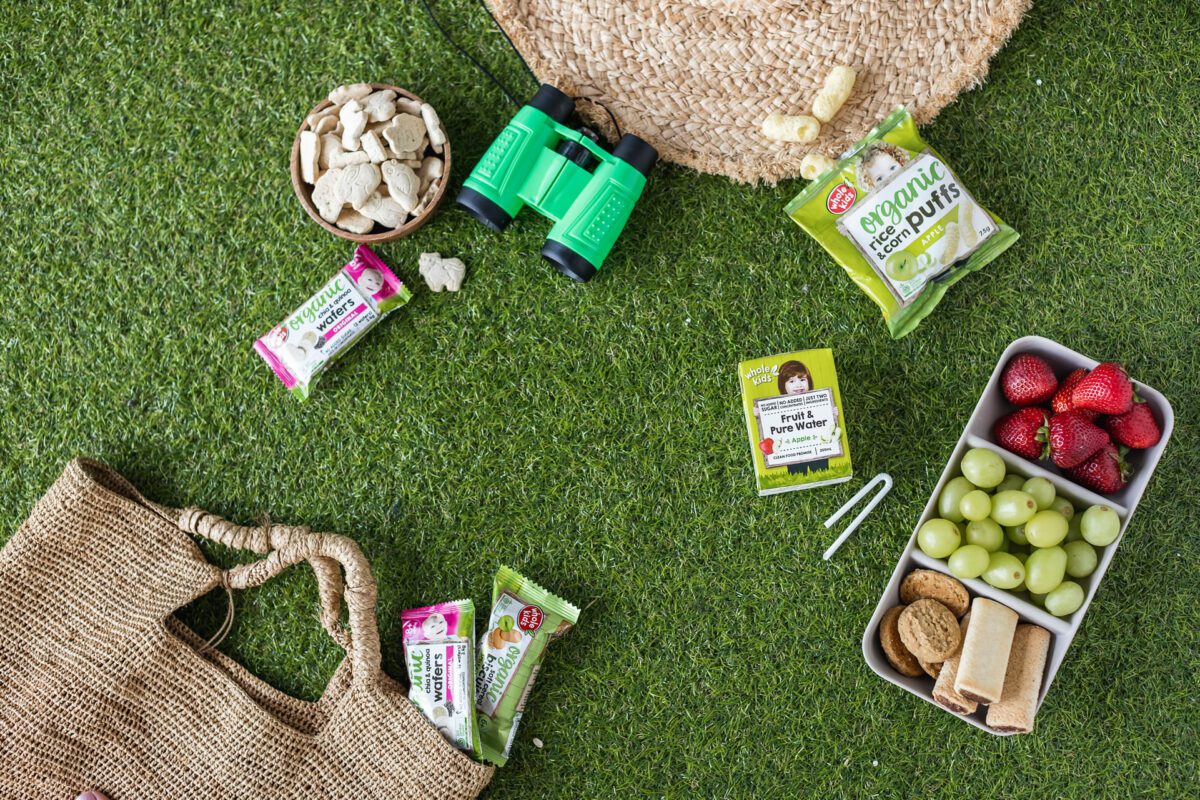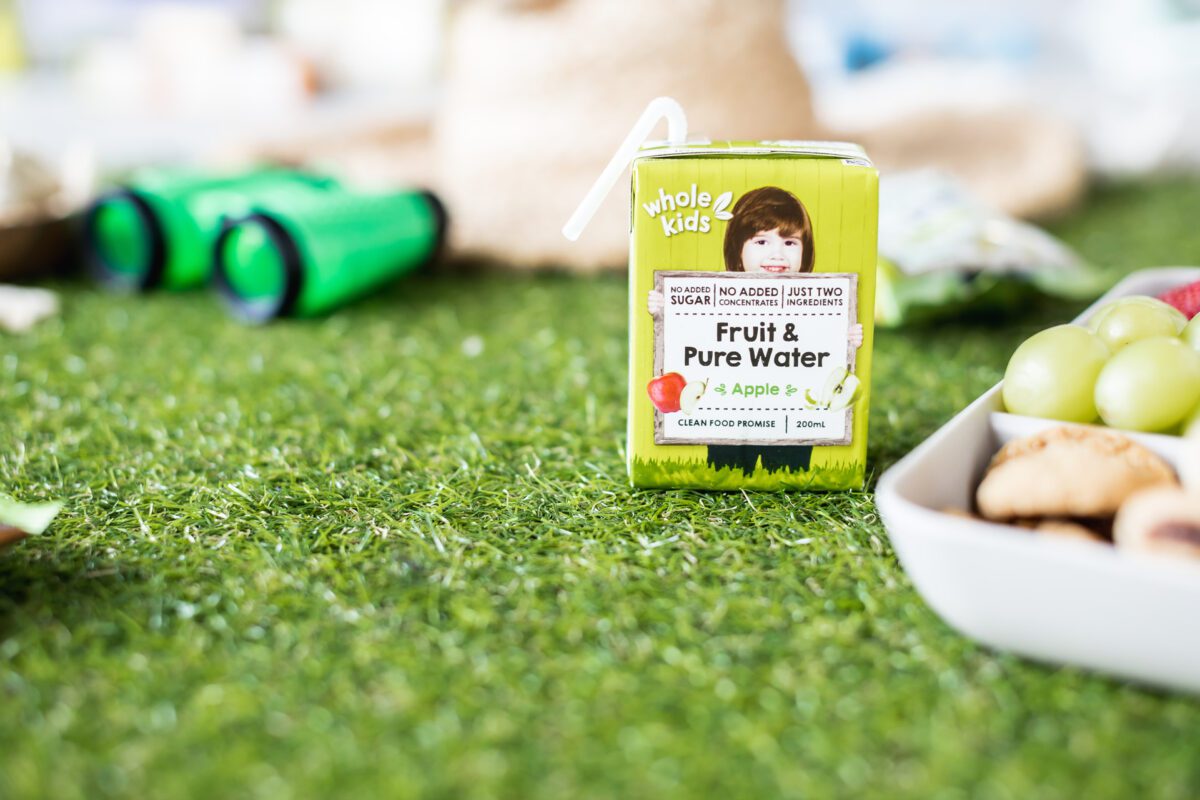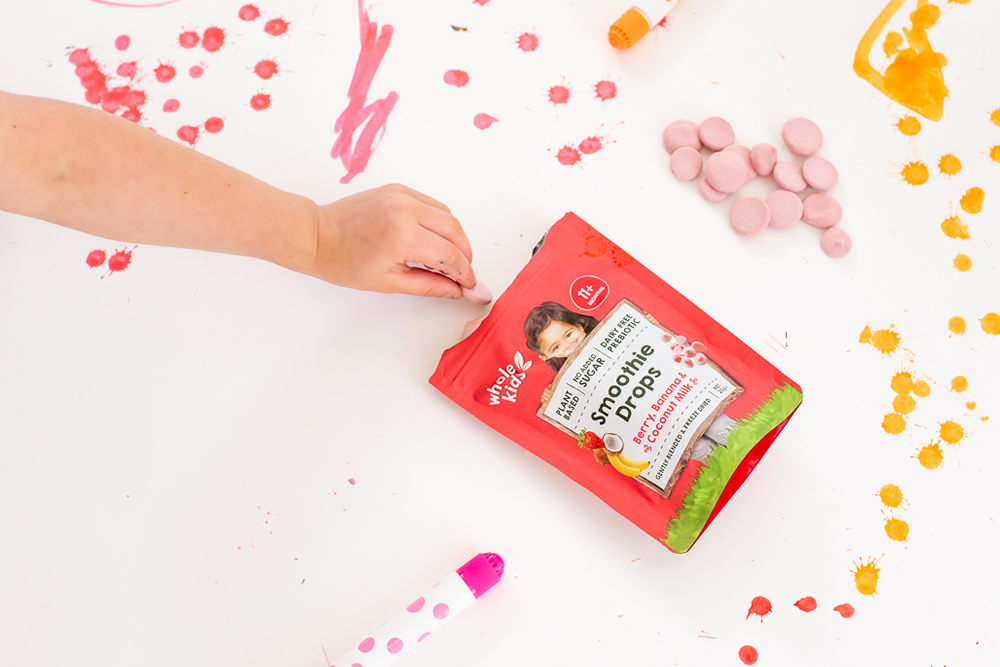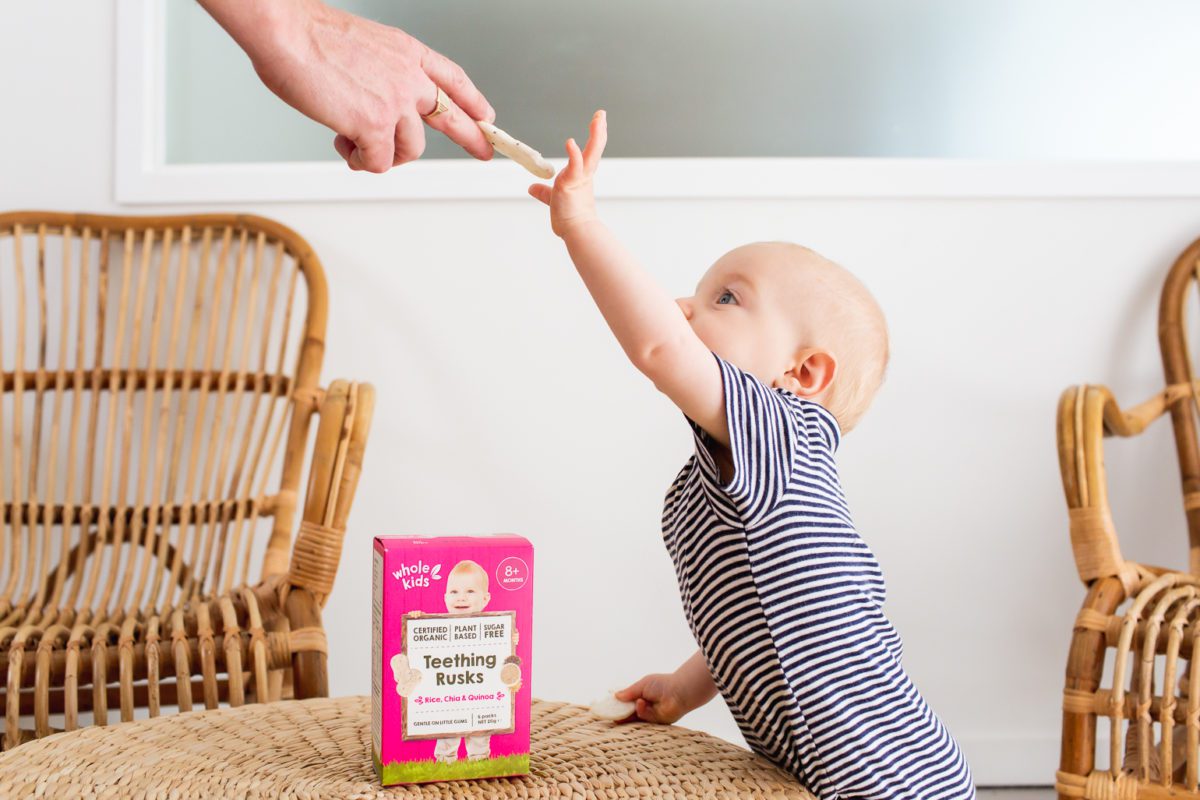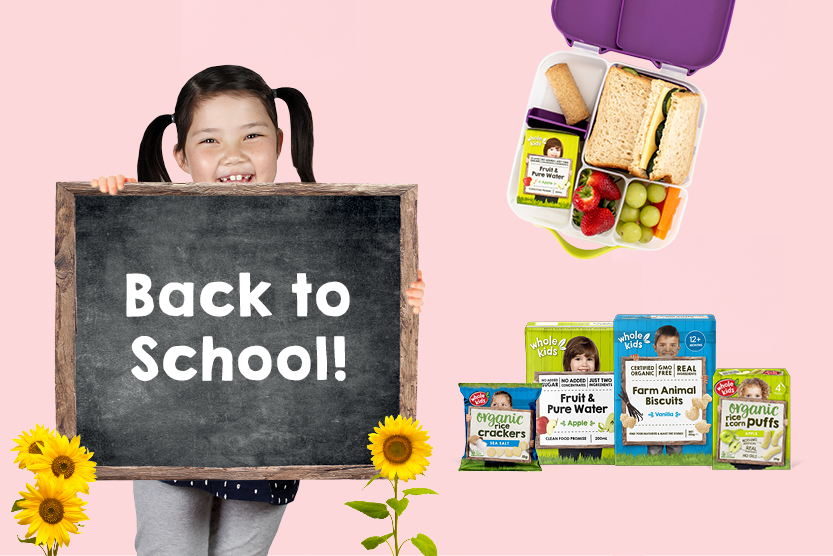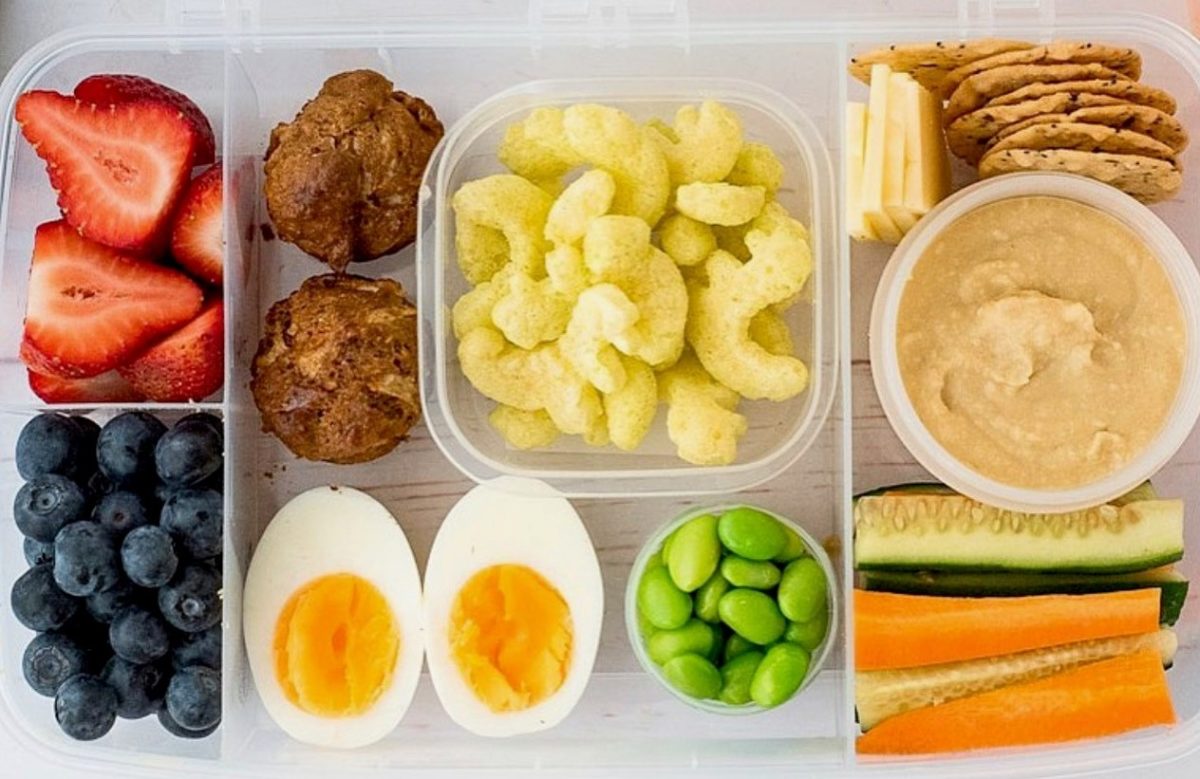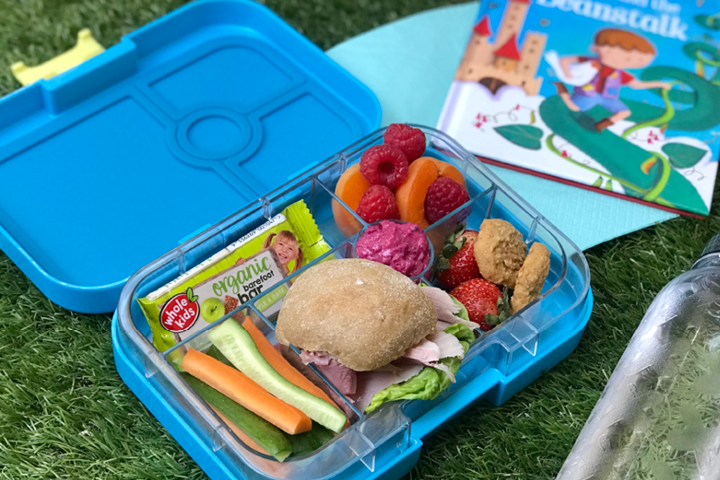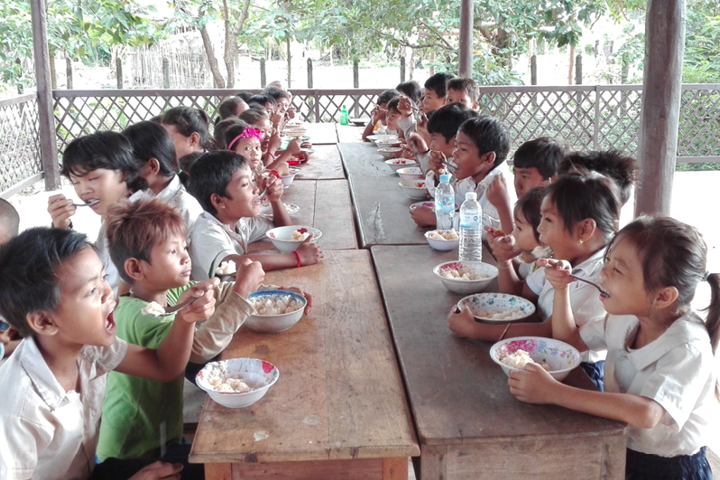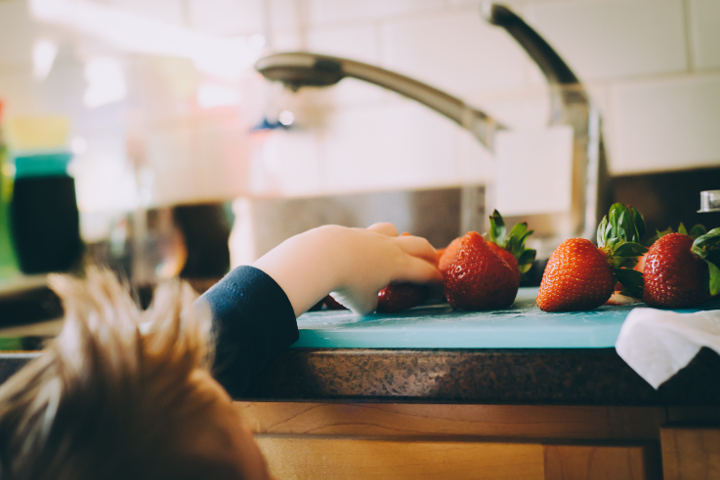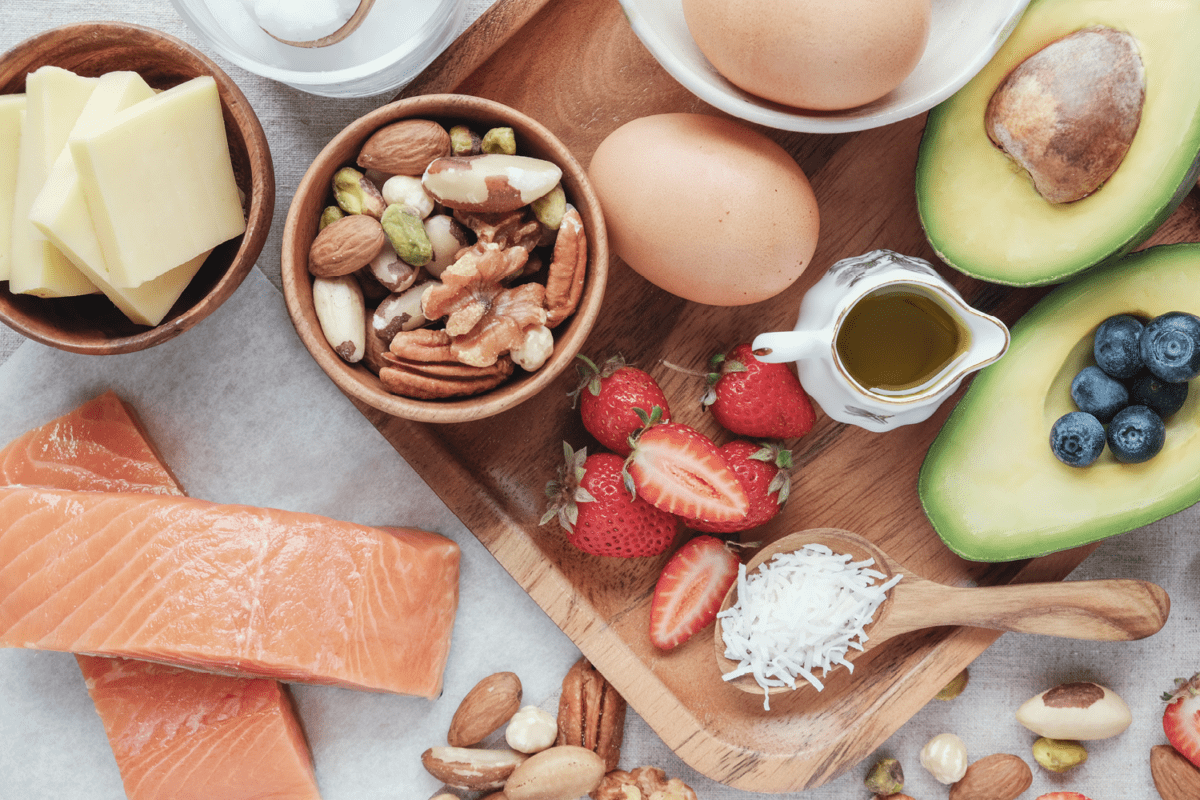What to put in your kid’s lunchbox can be a tricky dilemma, particularly as it needs to be done five days a week, often for multiple children who like different foods. It goes without saying that no matter how healthy the lunch box is, it won’t provide any nutritional value if it doesn’t get eaten!
But spinning the idea into a positive light, the best bit about packing your kids lunch is that you know exactly what it contains. Don’t forget, little tummies don’t need as much so it can be a good idea to pack smaller serves, i.e. fruit and vegetables chopped up, sandwiches quartered. It also helps the food appear more appealing, it is easier to eat and still leaves time to play.
Your children are more likely to have a balanced lunch if they have a main meal and snack which comprise of the different food groups – fruits, vegetables, grains, proteins and dairy. Why these are important to your little ones is explained below:
Dairy
Dairy foods provide an excellent source of calcium which is important for children’s growth and development, particularly for strong, healthy bones.
Grain-based Foods
Grains are another important component of the diet, they provide an important source of carbohydrate as well as other vitamins and minerals. However, the type of grain is important – try to always choose whole grain or high fibre varieties of bread, cereal, rice, pasta or noodles. Foods high in refined grains, such as cakes and biscuits, should be limited as they can be high in added sugar, fat and salt.
Protein
Good protein sources include lean meats and poultry, fish, eggs, tofu, nuts and seeds. Protein is essential for children’s growth and development, particularly of their bones and muscles. It also helps build and repair tissues in the body. A healthy protein source should be a key part of every lunchbox for kids of all ages.
Fruit
Fruit are a great source of vitamins, minerals and dietary fibre all of which are highly important for maintaining health and good growth and development. Servings of fruit should be less than servings of vegetables – think of a 2:5 ratio.
Vegetables
Vegetables, legumes and beans are also a great source of vitamins, minerals and dietary fibre. They should make up a good proportion of each of your children’s meals and even make an excellent snacking option. Servings of vegetables should be higher than servings of fruit in a daily diet – think of a 5:2 ratio!
The Balance
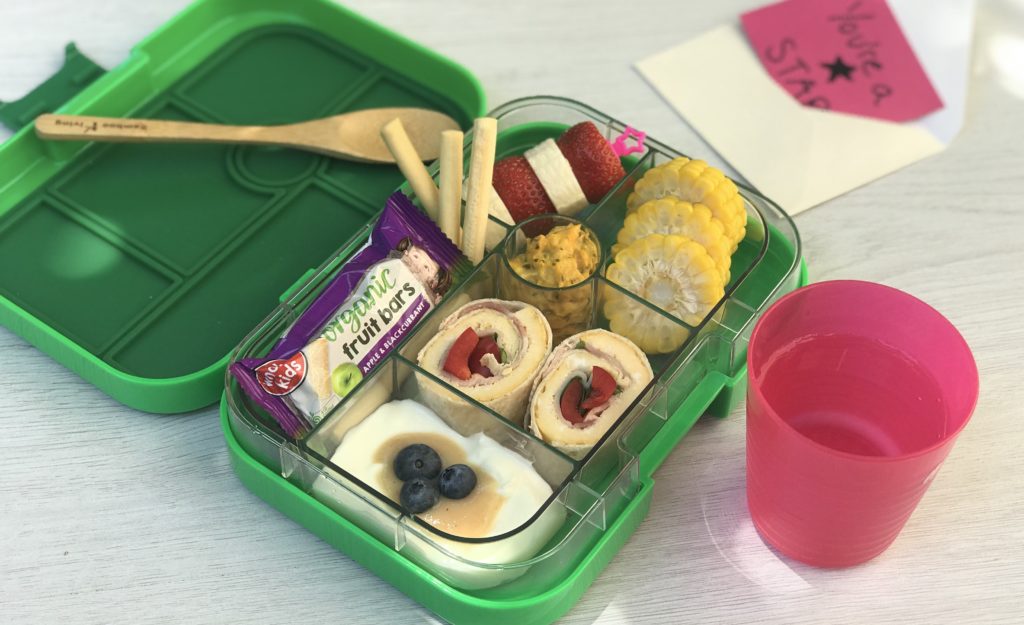
^ A Balanced Lunch Box. As a rough guide try and proportion the above elements to:
25% Grains
25% Vegetables
15% Fruit
15% Protein
20% Diary
And don’t forget the water! It should be the main drink for your child.
This will vary with the age of the child and obviously every child has different tastes and dietary requirements, but this is a good ratio to keep in mind when you are packing your child’s lunch.
But be realistic with your time
All parents know that preparing a lunchbox take times. It goes without saying that we are all juggling parenting and home commitments with work. It is a balance between providing healthy options and having the time to prepare products and meals that our little ones will eat. Don’t be hard on yourself if you have to include a packaged food option from time to time. Try to ensure the packaged food options – be it a snack, or dairy product for example – offer your children a nutritional benefit and contain as few additives as possible.
Good luck in getting back into the school routine! We’d love to hear of some of your lunchbox suggestions.
About the Author
Diana Austen works for Whole Kids as a Nutrition Advisor. With a Master’s degree in nutrition, she has spent over six years’ experience working with a range of companies on innovation, strategic insight and regulatory and scientific affairs. Fascinated by the nutritional requirements of infants and young children she focuses specifically on products for this age group.
